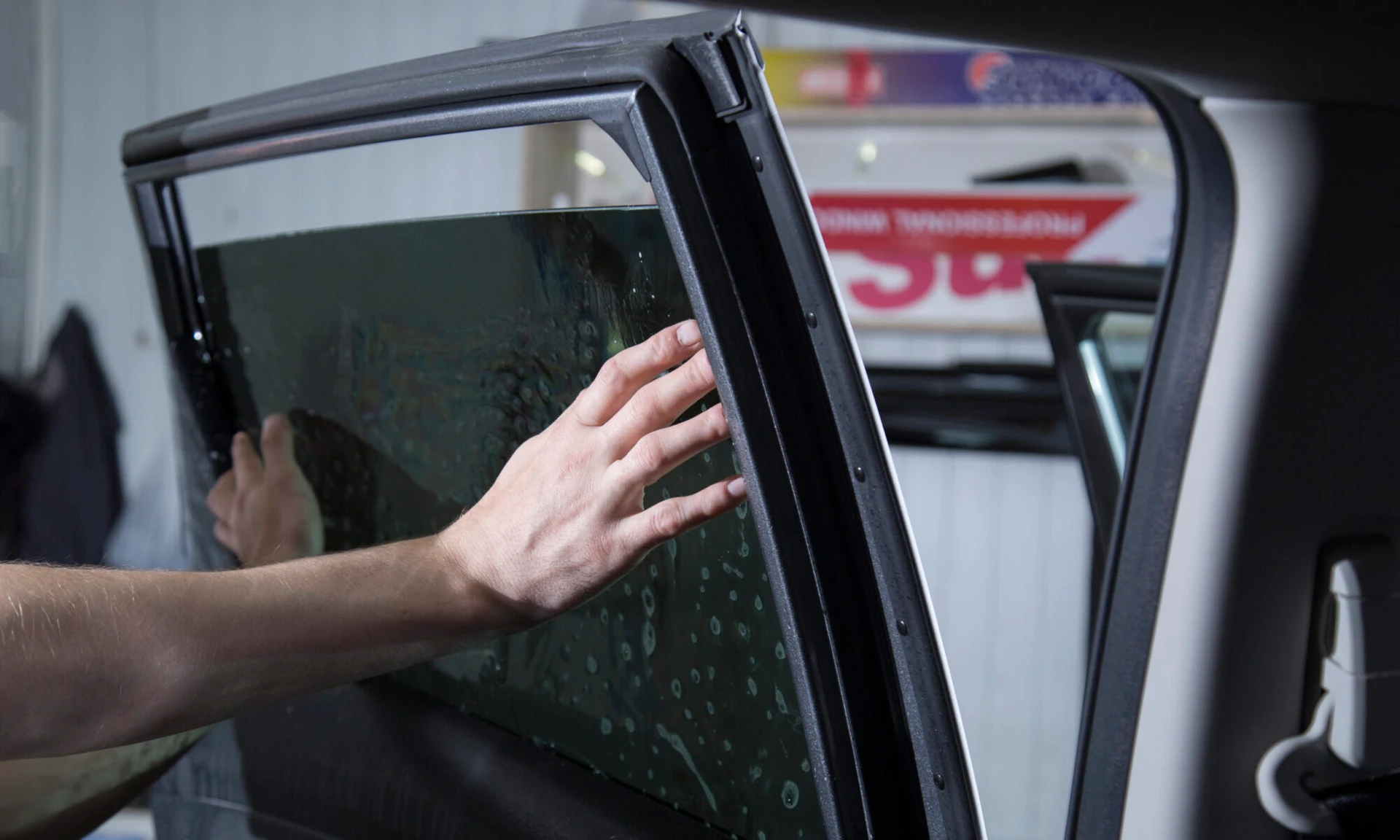Specialist vs Do It Yourself Window Tinting: Which Choice is Right for You?
Specialist vs Do It Yourself Window Tinting: Which Choice is Right for You?
Blog Article
The Process of Expert Home Window Tinting Explained
Understanding the procedure of specialist home window tinting needs an appreciation for the intricacies associated with making certain both aesthetic charm and useful quality. From choosing the right film kind to the careful preparation of windows, each action plays a crucial role in attaining a perfect application. Following these preliminary prep work, the cautious cutting and application of the movie need precision to prevent flaws. However, the final assessment and support on upkeep stay vital for lasting fulfillment. What elements add to the overall efficiency of the tinting procedure, and just how can they affect both looks and efficiency?
Choosing the Right Window Movie
The preliminary consideration is the kind of film, which can range from colored, metalized, to ceramic films (window tinting). Colored films mainly provide personal privacy and aesthetic enhancement, while metalized movies reflect warm and UV rays, improving energy efficiency.
Following, think about the film's Visible Light Transmission (VLT) percentage, which identifies how much light enters the area. A lower VLT gives higher privacy and warmth denial however may reduce natural light substantially. In addition, the film's solar warm gain coefficient (SHGC) is crucial; a lower SHGC indicates much better thermal efficiency, aiding to maintain indoor convenience.

Preparing the Windows
As soon as the suitable window film has actually been selected, the following action is extensively preparing the home windows for installation. This preparation is vital for achieving optimal bond and making sure a perfect appearance post-installation.
The very first job entails cleaning the windows thoroughly (window tinting). A premium glass cleanser is crucial, ideally one that is ammonia-free to stay clear of damaging any type of window seals or tint products. Making use of a lint-free cloth or paper towels, technicians must get rid of any type of dust, dirt, or grease, paying special interest to the edges and edges where particles commonly accumulates

Cutting the Film
A specific strategy to reducing the film is vital for guaranteeing a best fit on the ready home windows. This action requires both ability and attention to information, as mistakes can result in undesirable voids or overlaps that concession the aesthetic and functional high qualities websites of the color.
Prior to cutting, the professional must measure the home window dimensions properly, making up any unique shapes or shapes. It is suggested to use high-quality home window movie, as this material has a tendency to be much more flexible throughout the reducing process. The movie is typically laid level on a clean, smooth surface, and a sharp utility knife is used to guarantee tidy sides.
To accomplish optimum outcomes, many professionals use layouts developed from previous installments or use software application to design precise patterns. An usual method entails adding an extra margin to the layout, enabling modifications during the application phase.
Furthermore, cutting the movie in a controlled atmosphere minimizes the risk of pollutants influencing the glue side. By adhering to these precise methods, window tinting specialists can guarantee that the film not just fits seamlessly but additionally does successfully in time, boosting both look and performance.
Applying the Tint
After diligently see this page reducing the film to the proper measurements, the following action includes using the tint to the window surface. This process starts with guaranteeing that the window is tidy and totally free from any type of dust, debris, or deposits that might impact attachment. A specialized cleansing option is usually used, complied with by extensive drying with a lint-free cloth.
When the surface is prepared, the installer will thoroughly position the tint movie versus the glass. It is necessary to align the movie accurately to prevent misplacement, as any type of errors can lead to an unprofessional appearance. To facilitate this, the redirected here installer may utilize a light haze of application option on the adhesive side of the movie, permitting slight rearranging if required.
Making use of a squeegee, the installer will after that begin to push the movie onto the glass, working from the facility outwards to eliminate air bubbles and ensure a company bond. This technique is critical, as it ensures a smooth and remarkable surface. Throughout the application, focus to information is crucial to prevent folds or imperfections, making certain that the tint not just boosts visual appeals but likewise provides the preferred capability.
Final Assessment and Treatment
The last assessment is a vital action in the window tinting process, making sure that the installment meets both visual and practical requirements. Throughout this phase, professionals thoroughly check out the installed color for any imperfections, such as bubbles, creases, or imbalances. A detailed evaluation also includes examining the adherence of the film to the glass, along with its uniformity and general look.
After the inspection, proper care and upkeep instructions are given to the customer. It is important to notify them regarding the recommended timeline for cleaning up the tinted home windows, usually encouraging a wait of a minimum of 30 days after installation to allow the adhesive to cure totally. Customers ought to be educated on ideal cleaning products and techniques, stressing the avoidance of ammonia-based cleaners that can harm the tint.
Furthermore, professionals should advise customers on the relevance of routine upkeep to extend the life of the color. This consists of periodic checks for indications of wear or damages and responding without delay to any problems. By guaranteeing a detailed last inspection and supplying clear treatment standards, home window tinting professionals enhance consumer satisfaction and the long life of their job.
Conclusion
The professional home window tinting process incorporates a number of crucial actions that make sure top notch outcomes. Selecting the appropriate film type, preparing the windows thoroughly, properly cutting the film, and applying it with precision are necessary for attaining a flawless surface.
Report this page